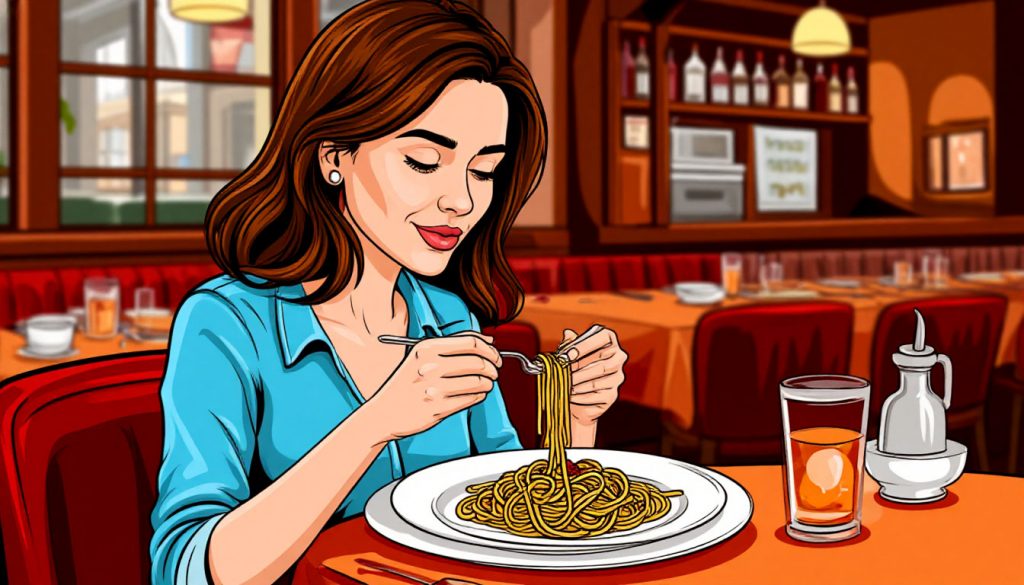Pasta, also commonly referred to as macaroni, is a staple food enjoyed around the world. From Italian spaghetti to Asian noodles, pasta comes in countless shapes and sizes. But what exactly is it, and how is it made? The answer lies in simple ingredients and centuries-old culinary tradition.
What Is Pasta?
Pasta is a type of food typically made from wheat flour and water, sometimes enriched with eggs. The mixture is kneaded into a dough, shaped into various forms, and then cooked—usually by boiling. While the word “macaroni” often refers to small tube-shaped pasta in English, in many languages it’s used more broadly to mean pasta in general.
There are two main categories of pasta:
- Fresh pasta – Soft, made from eggs and flour, often prepared at home or in restaurants
- Dried pasta – Hard, made from durum wheat semolina and water, shelf-stable and widely available in stores
History of Pasta
Pasta has ancient roots. While often associated with Italy, early forms of pasta were eaten in ancient China, Greece, and the Middle East. The modern Italian pasta culture flourished during the Middle Ages, especially in southern Italy where durum wheat was abundant.
How Is Pasta Made?
1. Ingredients
The basic ingredients are:
- Semolina (durum wheat flour): High in protein and gluten for firm texture
- Water: To bind the dough
- Optional: Eggs (for fresh pasta), salt, or vegetable purees (like spinach or beet)
2. Mixing and Kneading
Flour and water (and eggs, if used) are mixed into a stiff dough. The dough is then kneaded to develop gluten, which gives pasta its elasticity.
3. Shaping
Pasta can be rolled out and cut by hand for types like fettuccine or tagliatelle, or extruded through dies in pasta machines to make shapes like penne, fusilli, or macaroni.
4. Drying or Cooking
- Fresh pasta is cooked immediately or stored in the fridge
- Dried pasta is slowly dehydrated under controlled temperatures to preserve its structure and shelf life
5. Packaging
Dried pasta is sealed in boxes or bags for long storage, while fresh pasta may be frozen or vacuum-packed.
Types of Pasta
There are over 300 shapes of pasta! Common examples include:
- Spaghetti – Long, thin strands
- Penne – Tubes with diagonal cuts
- Farfalle – Bow-tie shapes
- Lasagna – Wide, flat sheets
- Macaroni – Small, curved tubes
Each shape pairs differently with sauces and dishes.
Why Pasta Is Popular
- Versatile – Can be cooked with vegetables, meat, sauces, or baked
- Affordable – Inexpensive to produce and store
- Nutritious – When made from whole grain or enriched wheat
- Comforting – Easy to cook and globally loved
Conclusion
Pasta is much more than just a quick meal—it’s a cultural symbol, a versatile ingredient, and a delicious part of diets worldwide. Whether you’re boiling a box of spaghetti or rolling homemade tagliatelle, you’re participating in a rich culinary tradition that has fed generations. However, it is recommended to eat whole grains for health reasons, as some of the nutrients are lost during the pasta cooking process.
Glossary
- Semolina: Coarse flour made from durum wheat, ideal for pasta
- Durum Wheat: A hard variety of wheat with high protein content
- Gluten: A protein in wheat that gives dough its elasticity
- Extrusion: The process of forcing dough through shaped molds
- Dehydration: The removal of moisture to preserve food


